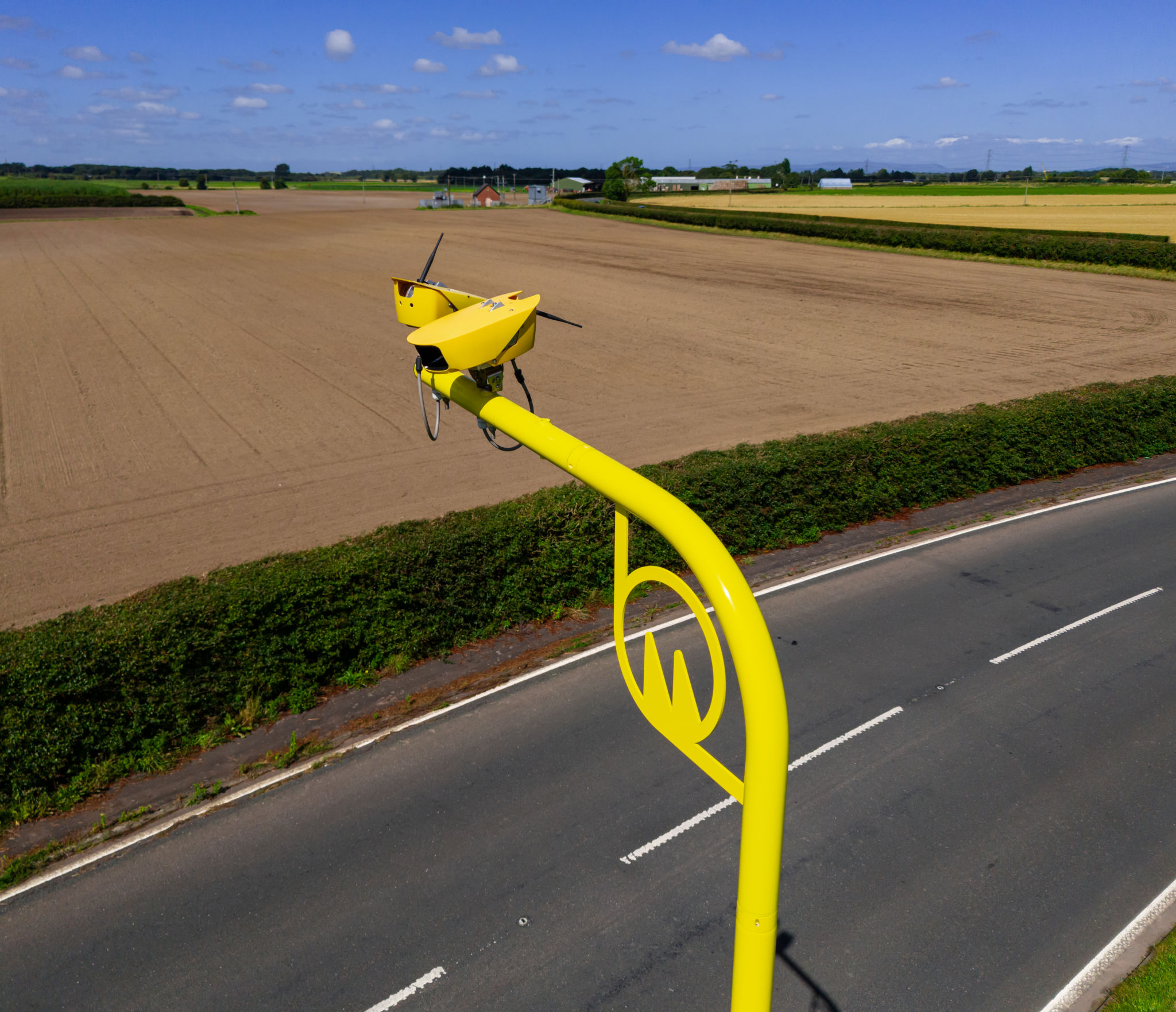Drones in the UK: Navigating Local Regulations for Aerial Videography
The use of drones in the UK has skyrocketed, especially for aerial videography, thanks to their ability to capture stunning visuals from unique perspectives. However, operating a drone isn't as simple as taking it out of the box and flying it into the sky. Understanding and adhering to local regulations is crucial for ensuring safe and legal drone use.

Understanding UK Drone Regulations
The Civil Aviation Authority (CAA) governs drone usage in the UK. They have set comprehensive rules to ensure that drones are used safely and responsibly. If you plan to use a drone for aerial videography, it's essential to familiarize yourself with these regulations.
The Need for Registration
One of the fundamental steps in becoming a drone operator in the UK is registering your drone. If your drone weighs between 250g and 20kg, it must be registered with the CAA. This process involves obtaining an Operator ID, which must be displayed on your drone, and a Flyer ID if you’re flying a drone weighing over 250g.

Understanding Airspace Rules
UK airspace is divided into different categories, and each has specific restrictions regarding drone flights. For instance, drones are prohibited from flying above 400 feet and within 5 kilometers of an airport unless you have special permission. It's crucial to check for any airspace restrictions in your area before flying.
The Drone and Model Aircraft Registration and Education Service (DMARES) offers valuable resources and maps to help operators determine where they can fly safely. Always check these resources before each flight to ensure compliance with local rules.
Safety First: Best Practices for Aerial Videography
Apart from legal obligations, following best practices is vital for safe drone operation. Always keep your drone within your line of sight and have a clear understanding of the weather conditions before taking off. Strong winds or rain can severely impact drone stability and video quality.

Respecting Privacy and Data Protection
When capturing aerial footage, it's important to respect the privacy of individuals. The General Data Protection Regulation (GDPR) applies to drones if they capture identifiable individuals or information about them. Make sure to inform people if you're filming in a public area and avoid capturing footage over private properties without permission.
Getting Insured
While not a legal requirement, having insurance for your drone can provide peace of mind. Insurance can cover damages to your drone, liabilities to third parties, and even loss of data. It's a wise investment for anyone serious about aerial videography.
By understanding and following these regulations and practices, you can enjoy capturing breathtaking aerial videos while ensuring both safety and compliance. The UK offers countless beautiful landscapes just waiting to be filmed from above, so stay informed and fly responsibly.
